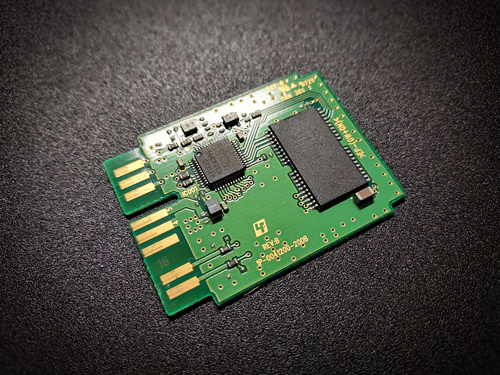PCB (Printed Circuit Board) and PWB (Printed Wiring Board) are fundamental components of electronic devices. While the terms are often used interchangeably, there are subtle differences between them that are worth exploring.

- Definition and Purpose:
- PCB serves as a conductor, linking electronic components.
- PWB encompasses boards with printed wiring, including non-conductive layers.
- Layer Composition:
- PCBs feature multiple conductive layers separated by a non-conductive substrate.
- PWBs are simpler, focusing primarily on wiring.
- Applications:
- PCBs dominate intricate systems like computers and smartphones.
- PWBs find use in simpler applications with fewer components.
- Complexity and Design:
- PCBs employ advanced tech for high-density circuits.
- PWBs are simpler, fitting less complex devices.
- Manufacturing Techniques:
- PCBs involve sophisticated processes, including SMT and THT.
- PWBs use more straightforward methods tailored to specific needs.
Conclusion:
PCB vs. PWB hinges on complexity, layering, and application scope. PCBs lead in intricate systems, while PWBs serve well in simpler setups. This grasp of nuances aids in precise board selection for electronic endeavors.

